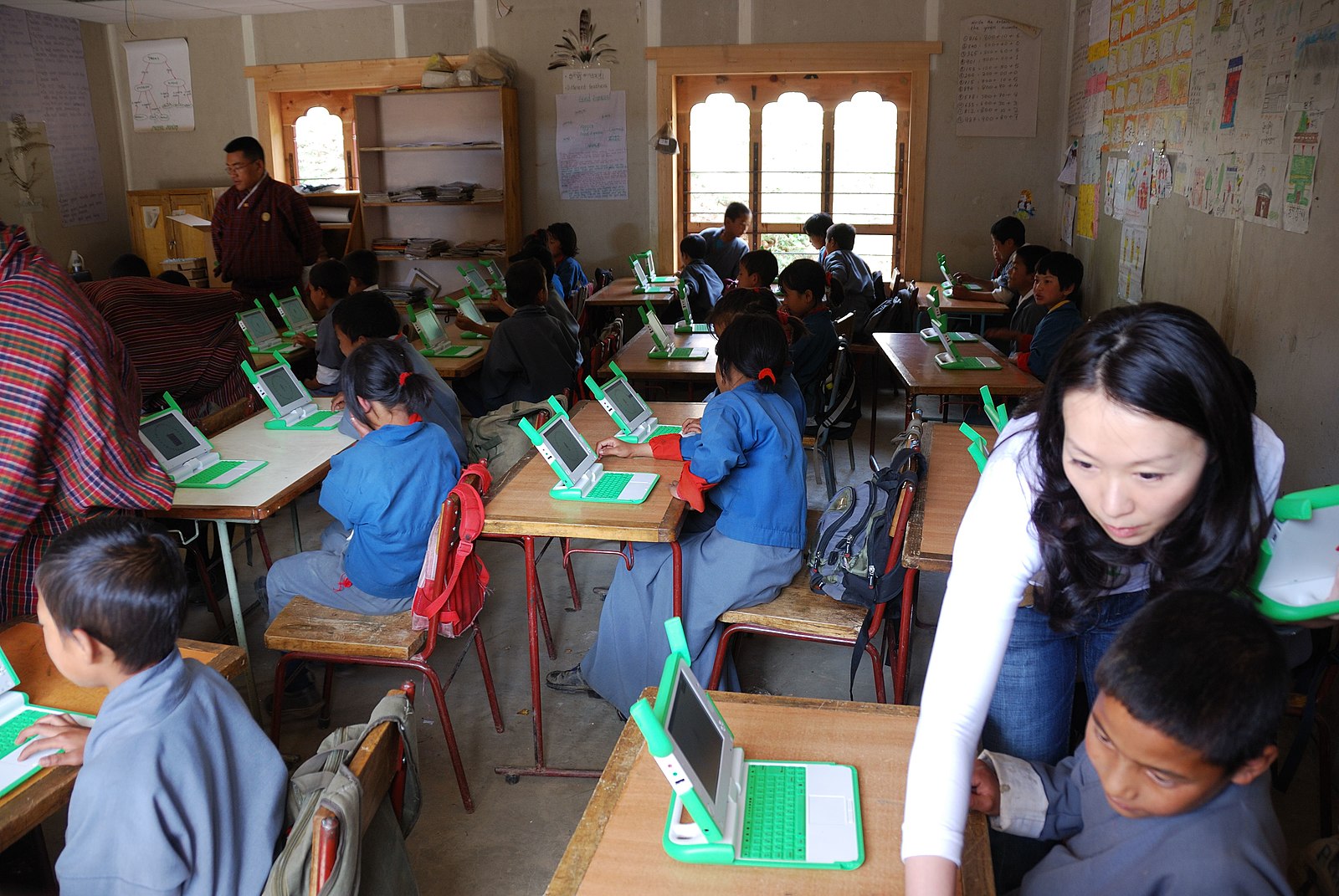Non-Verbal Learning Differences
What are Non-Verbal Learning Differences?
Non-verbal Learning differences are the spectrum of different disorders that can impact cognitive skills, social interaction, time management, and how to interpret non-verbal information. While ADHD and Dyslexia are common learning differences, those who struggle in traditional learning environments may also have other types of learning differences.
What are Some Types of Non-Verbal Learning Differences?
Dyscalculia
Affects the comprehension of mathematical concepts, calculations, logic, and numbers. As a learning difference, those who struggle with math say simply lack the ability to comprehend numbers, quantities, and formulas while having strengths in other aspect of academial.
Dysgraphia
Affects one's handwriting aside from reading abilities. Those who struggle with Dysgraphia can have excellent speaking and communication skills, they may also have extensive reading abilities.
Dyspraxia
Also known as Developmental Coordination Disorder, affects one's motor skills and coordination. Motor skills are daily functions that we rely on to convey body language and fulfill daily needs. When someone is affected by Dyspraxia they may experience difficulty with hand-eye coordination, balance, muscle control, and use of tools like writing utensils.
Visual Processing Disorder (VPD)
Visual Processing Disorder is a broad term regarding learning differences that affect how students process information visually, whether that be numbers, letters, symbols, shapes, and or patterns. People who are affected can sometimes
What Causes Non-Verbal Learning Differences?
There are numerous contributing factors that can lead to learning disabilities. According to mayo clinic these include:
- Family history and genetics.
- Prenatal and neonatal risks.
- Psychological trauma.
- Physical trauma.
- Environmental exposure to toxins.
How are Non-Verbal Learning Differences Diagnosed?
Diagnosis for non-verbal learning differences requires assessments to examine individuals learning patterns, unlike many medical prognosis, it's impossible to determine the presence of non-verbal learning differences through blood tests. Although geneology and genetic testing can help providers trace genetics and the prominence of non-verbal learning differences through heritage, professionals primarily focus on methods that target:
- verbal and non-verbal learning skills
- cognition of patterns and language
- Memory
- Motor skills
- social behavior
- emotional behavior
- executive function
- motor skills
Jillian Wise, Ph.D., HSPP. "Diagnosing a Nonverbal Learning Disability." Children's Resource Group, https://www.childrensresourcegroup.com/diagnosing-a-nonverbal-learning-disability
What are the Statitics?
According to the National Center for Learning Disabilties: 1 in 5 children are affected by learning disabilities.
It's important to recognize the strengths and challenges for those with learning differences. Raising awareness is key to getting students the help they need and catering learning paths for each individual.
According to the National Center for Learning Disabilities, there is a discrepancy for how aware parents are of possible challenges for their children. On their website it is stated:
11% of parents have heard of Dyscalculia
13% of parents have heard of Dysgraphia
14% of parents have heard of Dyspraxia
80% of parents have heard of Dyslexia
82% of parents have heard of ADHD
This becomes problematic when students aren't getting the help they need and families aren't able to seek help because they don't know where to start.

Celebrities with Learning Disabilities
Learning differences can affect anybody. They are non-physical traits and it's likely that our own peers are affected, because of this, it's important that we raise awareness to bring visibility to challenges people face. Anyone with learning differences can be successful by overcoming the challenges, here are some famous celebrities that are affected.
"Famous People and Celebrities with Learning Disabilities and Dyslexia." LDRFA, https://www.ldrfa.org/famous-people-with-learning-disabilities-dyslexia/
Keanu Reeves - Dyslexia
Adam Levine - ADHD
Tom Cruise - Dyslexia
Cher - Dyslexia/Dyscalculia
Jennifer Anniston - Dyslexia
Orlando Bloom - Dyslexia
What are Some Strategies for Combatting Non-Verbal Learning Differences?
Often, students with non-verbal learning differences face challenges by taking extra curricular time to study through tutoring programs. Students, children and adults have to work harder to understand concepts in order for them to succeed, however there are more methods out there that help those affected maintain progress.
Mayo Clinic Staff. "Children's health." mayoclinic, Feb. 10, 2022,https://www.mayoclinic.org/healthy-lifestyle/childrens-health/in-depth/learning-disorders/art-20046105
IEP (Individualized Education Programs)
Public schools are required to develop programs and strategies for those who meet criteria and are diagnosed with learning disabilities.
Accommodations
There are accessibility accommodations available for students such as note takers, writing tools, one on one engagement, and other tools that satisfy the needs of students with challenges.
Therapy
With cognitive skills, students benefit from therapy catered to help develop necessary skills beyond academic concepts.
From Understood's youtube Channel here's Abby Bell's story and how she overcame her trials.





